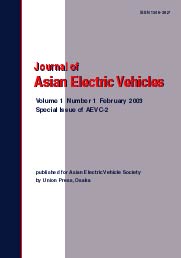Volume 11, Issue 2
Displaying 1-4 of 4 articles from this issue
- |<
- <
- 1
- >
- >|
Original Article
-
2013 Volume 11 Issue 2 Pages 1645-1651
Published: 2013
Released on J-STAGE: January 19, 2014
Download PDF (1799K) -
2013 Volume 11 Issue 2 Pages 1653-1657
Published: 2013
Released on J-STAGE: January 19, 2014
Download PDF (1460K) -
2013 Volume 11 Issue 2 Pages 1659-1666
Published: 2013
Released on J-STAGE: January 19, 2014
Download PDF (1183K) -
2013 Volume 11 Issue 2 Pages 1667-1672
Published: 2013
Released on J-STAGE: January 19, 2014
Download PDF (1370K)
- |<
- <
- 1
- >
- >|
